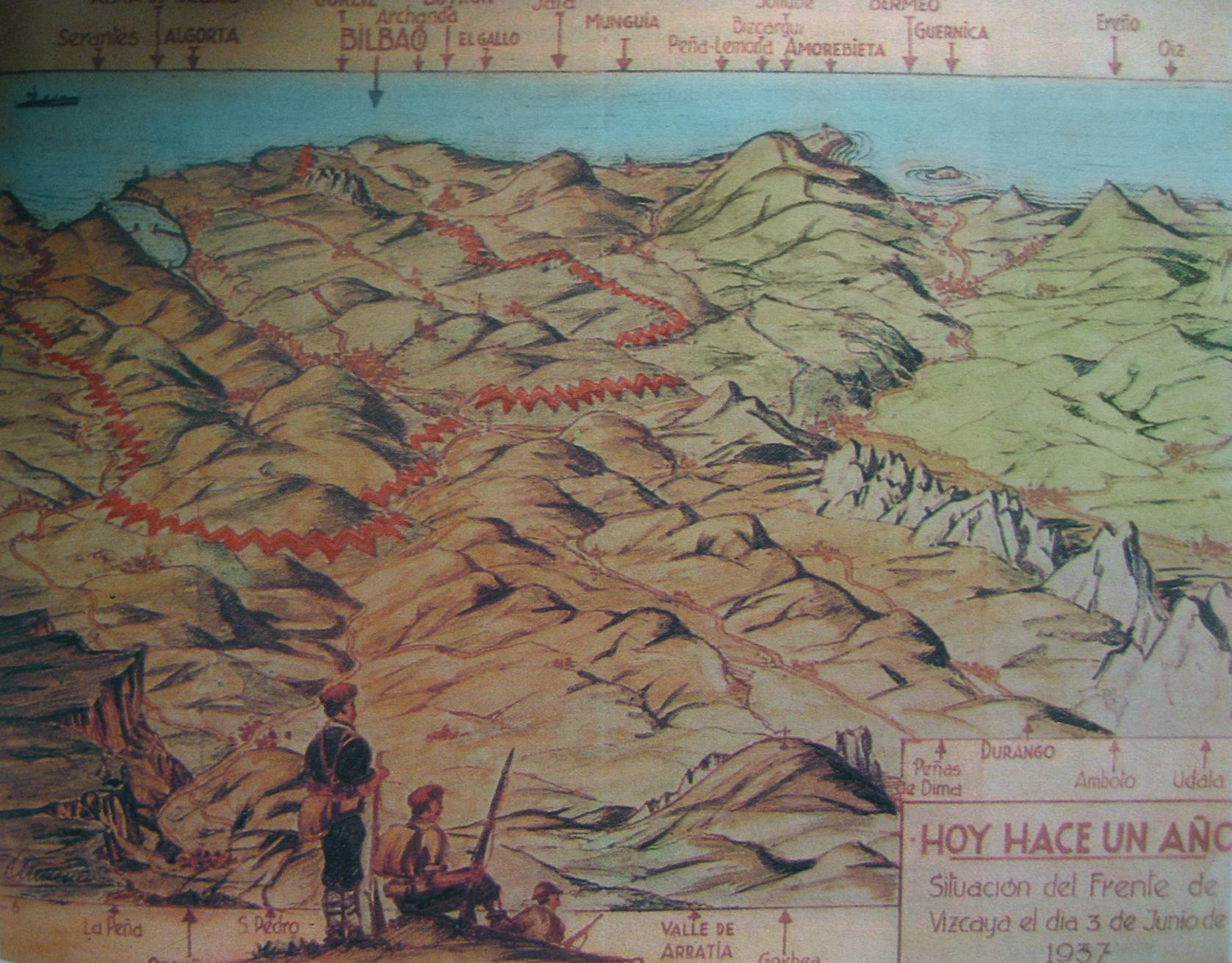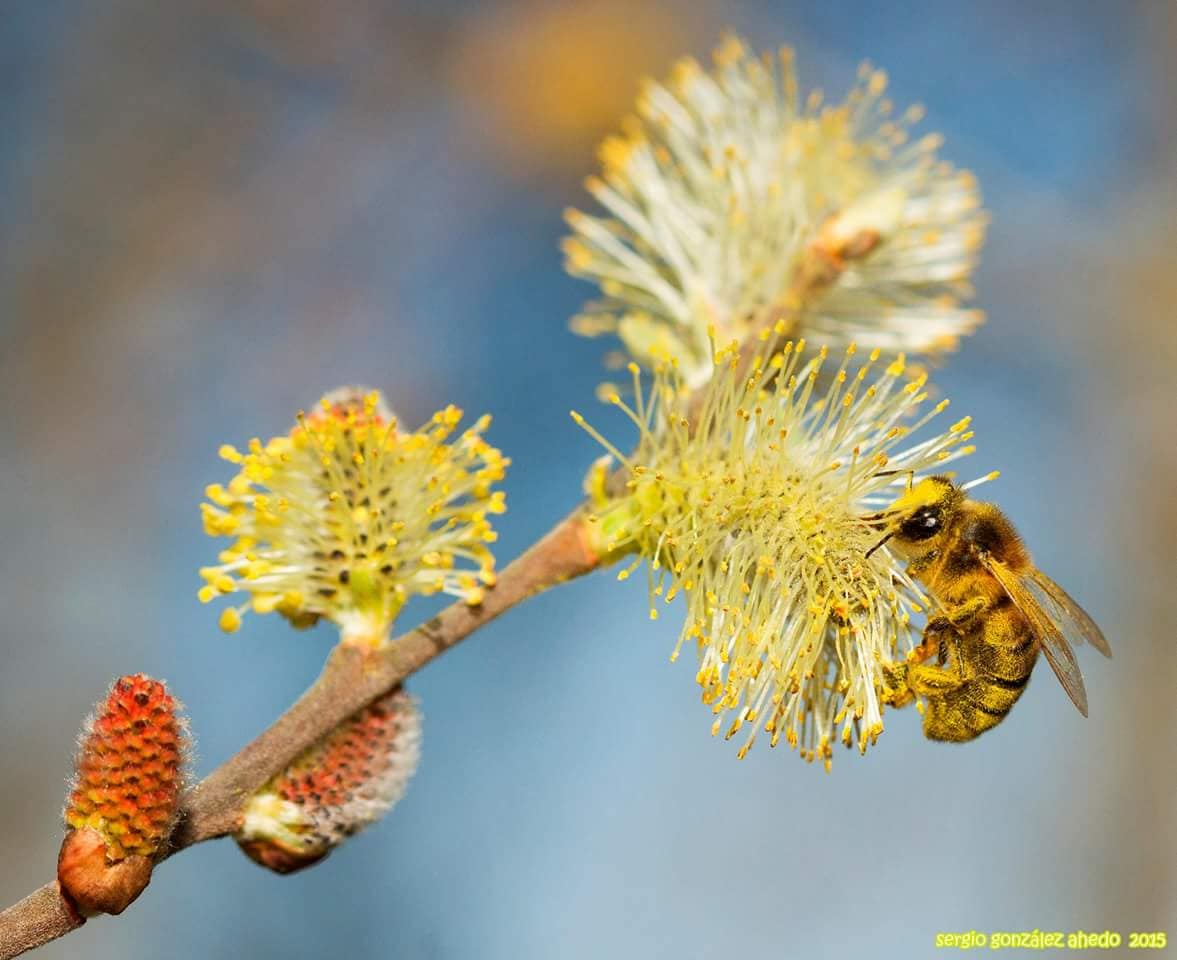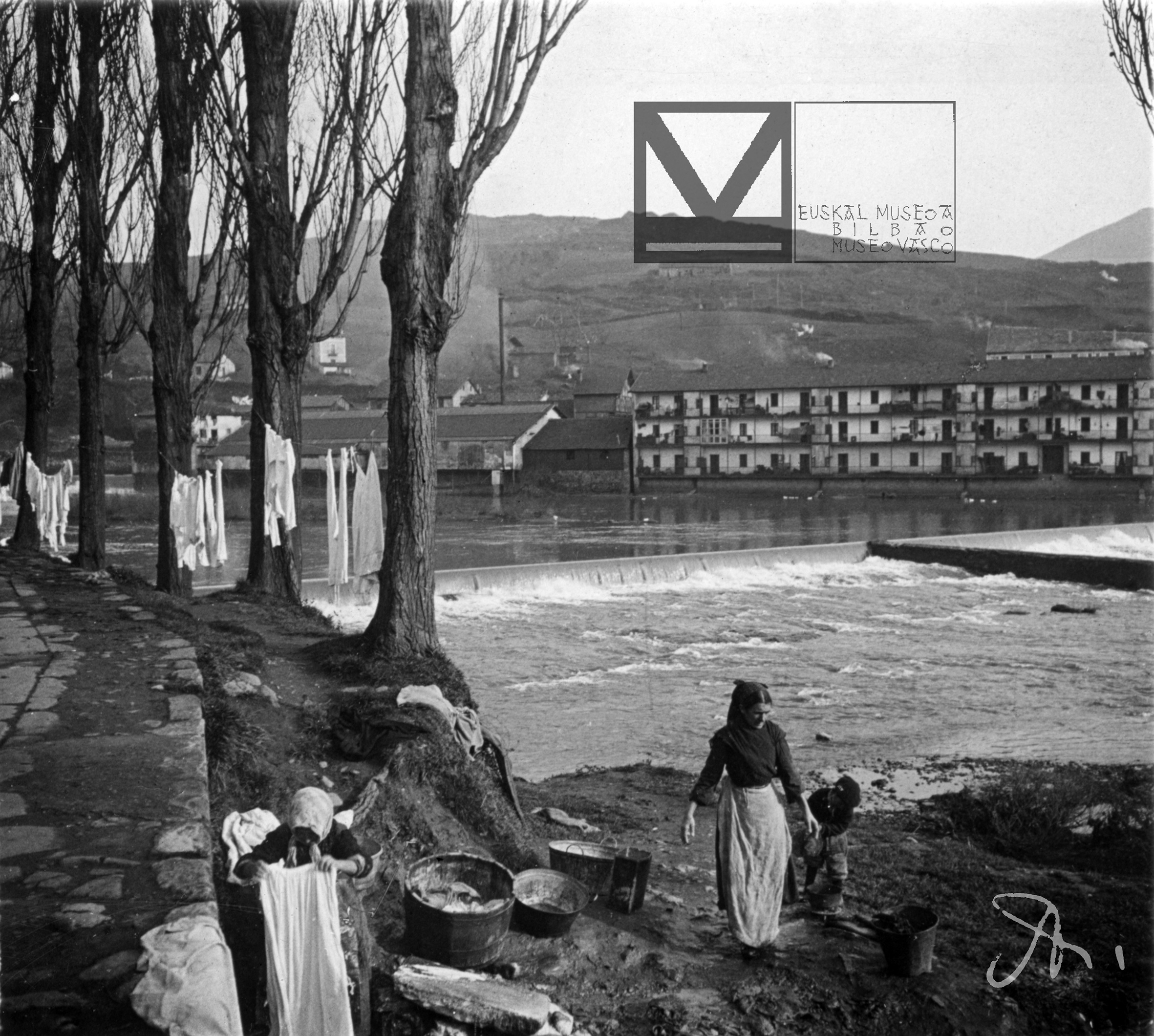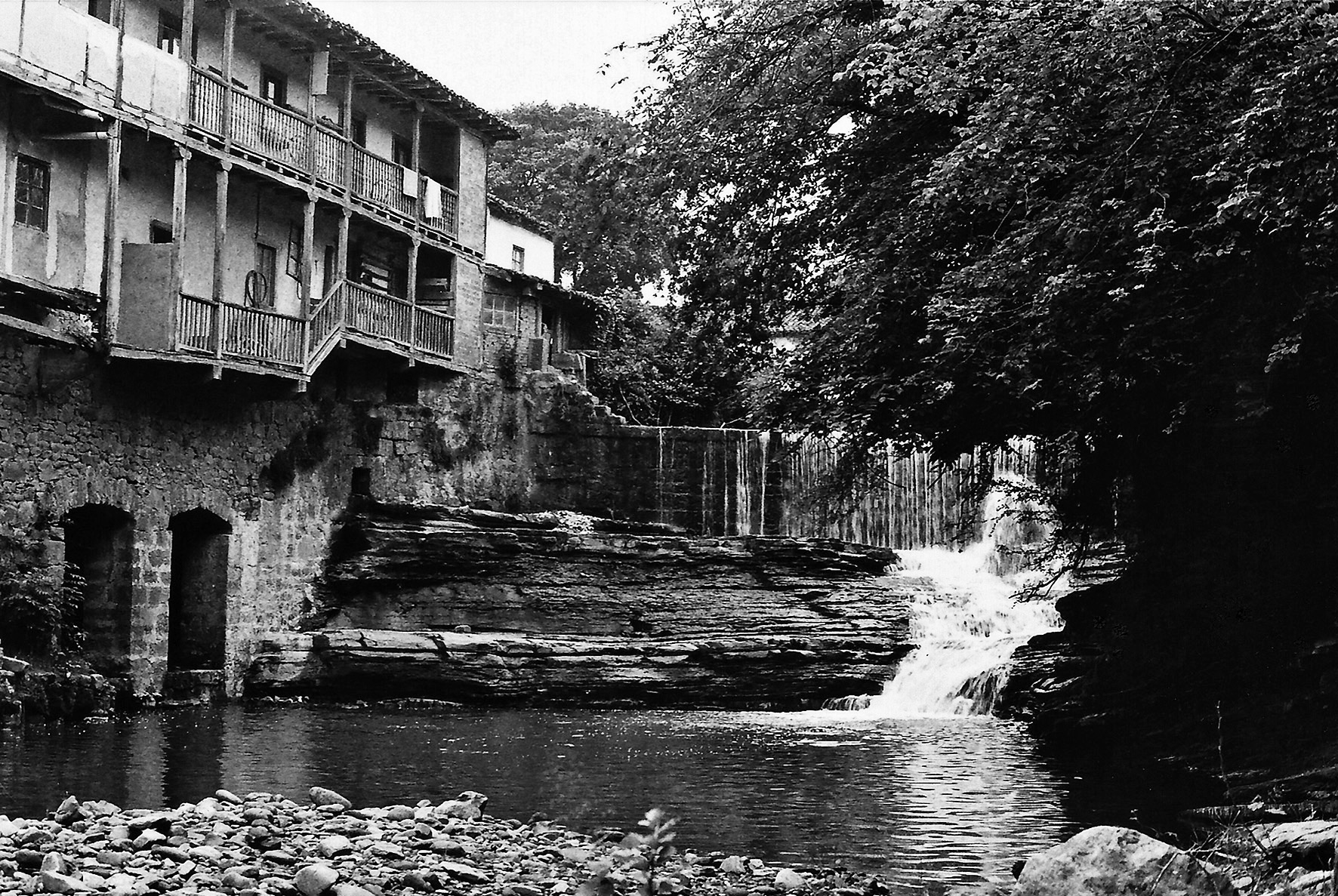Basque ethnography at a glance

Francoist propaganda illustration of the Iron Ring.
In the midst of the Civil War, in early October 1936, after the fall of Gipuzkoa into the hands of the rebel troops and the consolidation of the Basque resistance, the Bizkaia Defence Board acknowledged the need to provide Bilbao and its immediate surroundings with defensive works as protection in the event a new attack by Franco’s army managed to break the established front line. Days later the recently-formed Basque Government presented the draft. José Antonio Agirre, then defence counsellor, along with the head of the Basque Government, commissioned Engineering Commander Alberto Montaud to undertake the construction of what was called Bilbao’s Defensive Ring: a vast fortification consisting of a ring of trenches, machine-gun positions, strongpoints and secret bunkers. The Ring was divided into five sectors running along the route Zierbena – Sodupe – Miraballes – Usansolo – Larrabetzu – Barrika, the city of Bilbao, the Lamiako and Sondika aerodromes, the harbour with battery emplacements at Punta Galea and Punta Lucero, the Zollo reservoir, and the power station at Burtzeña lying within its borders. It covered overall a perimeter of 80 km over the mountains around Bilbao, defended by 45 000 gudaris and militia members of the Army of the Basque Country. (more…)

Bee on willow catkin. Sergio González Ahedo.
Years ago beehives were kept on most farms. Honeybees were highly respected, appreciated and loved for their honey and wax.
So much so that whoever got rid of a swarm of bees would have an arm amputated, as older folk from the Valley of Carranza (Bizkaia) used to say. This ancient thought still lives in the memory of our elders, who thus would never destroy a hive. A similar belief that bee and honey thieves were punished by removal of their right arms entered the folklore of some localities in Álava. (more…)

Photograph by Eulalia Abaitua (ABA–00834). Courtesy of Euskal Museoa Bilbao Basque Museum.
I welcome the invitation extended to me by Segundo Oar-Arteta to present Basque photographer Eulalia Abaitua (Bilbao, 1853–1943) to the readers of this blog.
You may or may not know her. Be that as it may, these words will hopefully help further disseminate the contribution she made through her photographs, taken between the end of the 19th and beginning of the 20th centuries. (more…)

Exterior view of the mill, 1977. Miguel Sabino Díaz.
It is a grain watermill situated in the homonymous site, on the right bank of the river known by locals as El Cuadro, and beneath the bridge across the road to the neighbourhood of Manzaneda de Sierra. The plant and machinery of this water-powered mill are still preserved today. (more…)

